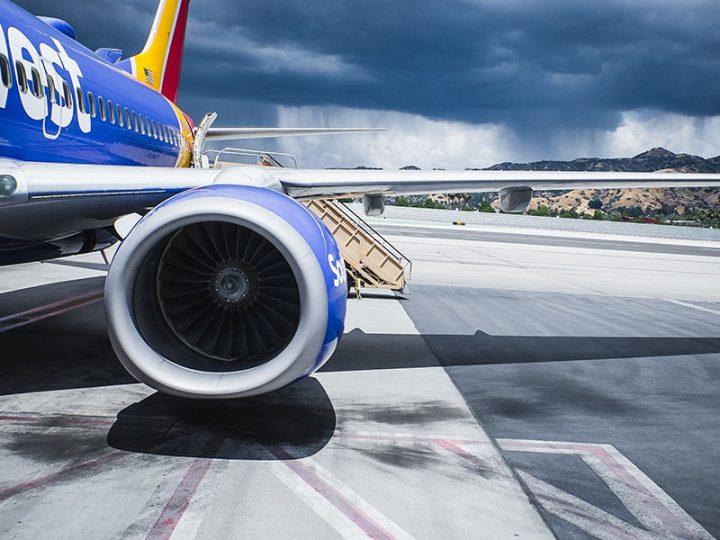What crucial trends are driving the industry?
We won’t see the breakthrough in adoption of new technology driven by traditional OEMs. The way companies are built and managed today limits their innovation capabilities particularly in large scale innovation. Massive shift will come from Apple, Google and other leading high tech companies who turned their capitals towards personal mobility. They will challenge the traditional automotive OEMs in the way we can hardly foresee today. Not only technologically with ultimate connectivity, rethinking the internal combustion engine, use of electric power and driverless systems but conceptually they will set a new standard for automotive business: they will rethink distribution, ownership (from owned to shared mobility) and − what I believe will be the most challenging to large OEMs − they will rebuilt organizations to reflect higher levels of human consciousness − from traditional hierarchy to self-governed purposeful systems. A car is not an iPhone − it takes dimensionally more infrastructure to be rebuilt to support the mobility ecosystem than communication ecosystem − however the change is inevitable.
As Edelman Trust Barometer 2015 reveals the trust into ‘traditional media’ continues to fall bringing online search to number one position for the first time in history. Trust in social and owned media recover fast. This will affect how advertising and overall communications budgets will be allocated giving more priority to digital. Millennials are even more trusting the digital media at 72% over 64% average. The same study shows that CEOs are losing their credibility while “academics, industry experts and technical experts remain the most credible spokespeople for business”.
Zoom on Russia
Russia is out of global perspective and goes through its own very peculiar times that reshape the market again. The rule of power strengthens in Russia. This empowers even more the government and its agencies and weakens the small and mid-size business. Automotive sales are going down but are close to the point of stabilization. One of key factors driving the growth over last 10 years was the availability of credit. The market was actually pumped up by credit. Today economic recession is driving credit market down again, proportion of vehicles bought on credit is down in Q3 2015 to more economically sustainable 37% vs 48% back in 2013.
What market segments will experience the most growth and why?
Within next 3-5 years wider availability and reducing price of alternative sustainable energy will break the adoption threshold specifically for electric vehicles, first in environmentally cautious markets and higher priced segments, then the rest of the world will follow gradually. The share of plugin hybrids may grow slightly but still this segment − limited by price of hybrid technology − is a transitional step towards independence from fossil fuels. Digital space will foster experiments with ownership, co-sharing and budget taxing. The car will gradually become less desired in developed markets as alternative mobility options will take over.
Zoom on Russia
As results of strengthening state power an expensive car will remain the symbol of status and prosperity and premium segment will hold its share or slightly grow. Value for money shall also slightly grow in expense of European C-D class that will continue to lose its share. The reduction of new vehicle sales is compensated by used car market. We see attention and budgets shift towards this growing chunk of business. Russia is slow in adoption of new eco-friendly technologies. Unless subsidized by government electric and hybrid will not spread at the pace we observe in Europe and Northern America. There is no sign of state effort to promote the adoption.
What are the key challenges?
Major planetary challenge is the adoption of new eco-technologies. They are available but consumer inertia does not allow to move forward. Governments shall take a leading role here supporting the business that knows how to do the innovation job. For automotive industry the challenge is to cope with increasing power of consumers that thrives on digital social platform, take it as an opportunity and use it for mutual benefit. For some this will require to completely reinvent the organization basing them on truly value and, later, purpose-driven culture.
Drivers will not massively opt for electric vehicles but having that technology in the range will add significant scores to respective brands. Sustainability efforts add consumer trust. Trust brings revenues through loyalty to product and service, and image boost through consumers being ambassadors defending their brand. Consumers − particularly younger generations − are more sustainability cautious. In the crisis of meaning the industry that is perceived to be the most harmful to the environment (although it’s not technically true) is required to make extra efforts to rebuild trust to its brands. First time the missing 5th component of Marketing Mix − the Purpose − will gain attention at first because meaningfulness proves to add clear value to business, later it will become an organic component of business planning and company communication. Sustainability paradigm will also push manufacturers to work not only on efficiency but also on durability on the vehicle as this is what will be demanded by a conscious consumer.
Challenges in Russia
Russia today is out of a global sustainable landscape. And the challenges there are not common to the rest of the world.
There are two facts of Russian dealer network of today:
1. Overall it was built to support 2, 5-3 min sales annually.
2. It is also relatively young. Up to 60% of dealerships for some key volume brands were build/ rebuild in the period of last 3 years. Business models behind these projects presumed stable or growing market.
In reality we observe stable decline. As result deter network suffers excessive sales and service capacity across the country that dealers will have to compensate somehow. Unsatisfactory ROI from automotive assets may force some investors to counterbalance. Overall the industry will shift now into winning the service customer and to developing the used car business. With that we enter the CRM era − the one who is able to calculate value the customer brings to business will win. Russia is entering demographic bottleneck − result of a reduction of birth rate in the post-soviet period. The country has twice as less 15-19 years olds vs those who are 25-29 years old today. This means the market will lack roughly 50% of young productive workforce and companies will fight for employees. The value of employer communicated in the right way will be key to attracting the right talent.




